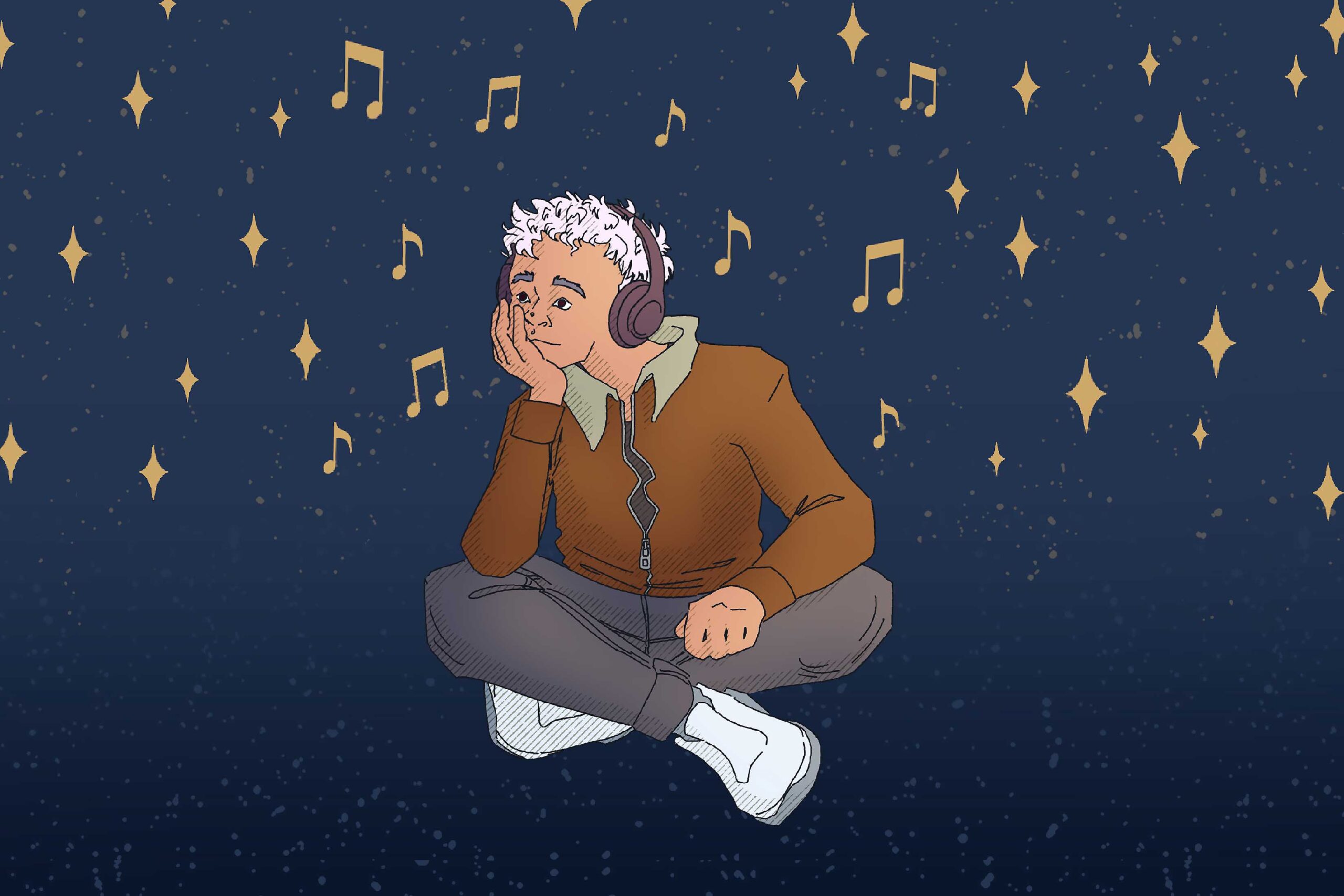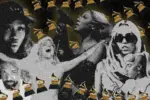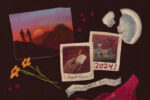Beneath the cosmic canopy of a billion stars, unbeknownst to our ears, is an orchestra hidden amongst astral bodies. Science has unveiled the universe’s never ending celestial symphony, a cacophony of tunes and tones that experts are looking to transform into auditory data for us stargazers down here on Earth to tune in.
But how does it work? We’ve all stared at the night sky, in quiet awe of the twinkling light and expanse of darkness swirling above– but it’s a pretty quiet occasion. No serenades from the stars, no grand finale from the planets: if the universe is constantly singing, where’s the sound?
Our answer lies in the waves. While we may be used to discussions surrounding the characteristics of light in space, which travels swiftly through vibrations in the electrical and magnetic fields, sound in space works a little differently. Sound is carried in space by gravitational waves– these waves are essentially how vibrations, which are caused by the motions of matter in space, are able travel through the universe at the speed of light. These vibrations do much more than simply travel through, however; they stretch the fabric of space itself, moving it back and forth in a way which is detectable from great distances. Larger vibrations (or “sounds” in space) are caused by faster acceleration in space of denser objects, especially ones with stronger gravitational pulls.
This means black holes, which American Scientist describes as “dense knots of spacetime curvature”, create the loudest vibrations in space, considering their size, density, and gravitational pull. Our ability to tune into these vibrations, reaching us here on Earth from all the way in the large expanse of the cosmos, allows us access to an invisible show taking place light years away; these huge celestial events we can now be an audience for, like dialing through the radio and finally finding the right frequency.
While gravitational waves have lower frequencies than light and are emitted from the movement of big amounts of mass in space, light is emitted in space when there is an acceleration of minuscule electric charges. Therefore, while stars, bright in the sky, are constantly releasing large amounts of light, they release relatively small amounts of gravitational radiation.
Compare this to the merging of black holes, which radiate no light but huge amounts of gravitational waves. It’s interesting to consider the dichotomy of this: it’s not the brightest things in the sky that are making the most noise, as one might assume. Rather, a hidden concert is taking place, and although we may not be able to see it, we certainly see its effects on the gravitational waves we’re picking up.
Those black hole mergers create the vibrations that travel through space all the way to our Earth, which can then be transcribed into musical data. It can also help us understand what’s going on in space around us if our theories surrounding these gravitational waves match up with what we observe, for both scientific and sonification purposes.
But it’s not just this data that is being transcribed as music; Chandra X-ray Observatory turns visual and raw data from a variety of telescopes into music, hoping to boost both accessibility and scientific research. Dubbed the Sonification Project, there is hope from people like Kimberly Arcand, the visualization scientist for Chandra X-ray Observatory, that this will allow people with visual impairments the ability to interact with our galaxy in a much more poignant way. They’ve released an album with the digital imaging accompaniments, creating two ways to engage with the galaxy and information received from the powerful telescopes we have to search up above. Listeners can tune into the musical interpretations of space structures, such as Crab Nebula, in Multiwavelength Light.
It’s a fascinating process to interpret this sonification of data, as Arcand explains. When looking at her work on high-pressure interplay between an enormous black hole and the hot gas around it, Arcand tells NPR that with some “excellent math”, the pressure between the two is, in essence, a B flat, or around 57 octaves below what’s classified as “middle C.” It’s data like this that makes its way into the album of these sonifications, titled “Universal Harmonies”. This process allows for a larger audience consumption of space knowledge and information, especially considering the accessibility access for those with visual impairments who are still interested in interacting with the galaxy and our study and research of the cosmos. It’s also interesting to consider the mixture of the two disciplines of music and science, perhaps much more similar than first meets the eye.
The album features mesmerizing audio from some incredibly stunning space structures and demonstrates a team clearly dedicated to interpreting these incredible celestial bodies into data that can be enjoyed by larger audiences. Chirps, echoes, and incredible harmonies characterize many of these sonifications in the album. “R Aquarii, in MultiWavelength Light,” is especially beautiful, featuring a rising scale that mimics the closing scene of a dreamy movie, the kind of music you’d expect from wind chimes in the summer breeze. The full sonifications are available through a variety of streaming platforms including Spotify.
As we continue our journey through space as a species, collecting knowledge of the cosmos like keepsakes to share with the rest of the world, one can only hope we continue to see a push towards new and innovative ways of interpreting stunning space data. As our knowledge transforms, so should our interpretations: how many other ways can we connect and interact with the universe in a human sense? We may not be able to sprinkle stardust on our dinners like paprika, or melt constellations into our cups and sip on Cassiopeia, but we can plug our headphones in and listen to hymns from the universe, songs playing long before we got here and that will continue to play long after we’re gone.
And of course, it makes for an incredible stargazing playlist.

















